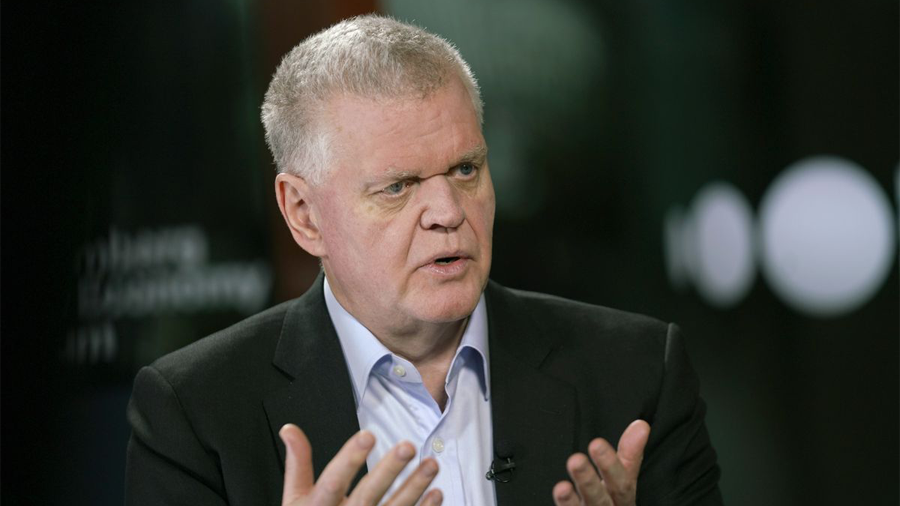This article is published in issue 43 of Vanity Fair on newsstands until October 26, 2021
The most important negotiation fromParis Agreement. The conference of the decade. A historic summit. These are some of the definitions attributed to COP26, the United Nations Climate Change Conference to be held in Glasgow (Scotland) from 31 October to 12 November, with 197 countries committed to accelerating the decarbonisation of global economies. The ambitious goal, to avoid the catastrophic consequences of the climate change, is the one identified by science: keep the increase in global average temperatures within 1.5 ° C. This is what was stipulated in 2015 with the Paris Agreement, a historic document that traced the direction to reduce greenhouse gas emissions. Each signatory country (in fact the entire planet) has made a commitment to adhere to a common framework of directives that are revised every five years in order to constantly increase efforts in the common battle.
It is not always easy to understand the logic of the negotiations of the United Nations Convention on Climate Change. Born with the Rio Summit back in 1992, the Convention has carried out since 1995 the arduous task of finding an architecture to reduce global emissions, holding around the table almost two hundred riotous countries each with different objectives, interests and political colors. . For two weeks, negotiators, diplomats, ministers and heads of state meet each year to bring concrete progress in emissions reduction efforts. Until 2012 the Kyoto Protocol was in operation, in which all the main economies of the world should have participated (but the US never ratified it); now the Paris Agreement brings all countries together, with a common effort to transform our oil, gas and coal economy. It’s the only deal we have, and it took 21 years to find it. It must be defended at all costs.
What will happen, then, at the twenty-sixth meeting of the COP (Conference of the Parties) in Glasgow and why is it more important than other meetings of past years? First of all it will be the first reality check to understand if the Paris Agreement is working. For the first time, the new emission cut-off commitments of the nations (the NDCs, Nationally Determined Contributions) and some mechanisms of the Paris Agreement will have to be closed definitively. Slowing down now, in the key climate decade, would mean greater impacts in the coming decades. At the moment there is no great optimism. “We are heading in a catastrophic direction”, the UN secretary general, António Guterres thundered: “Without political and financial commitments on the part of industrialized nations, there is a great risk that COP26 will fail.” For the British presidency of the COP, led by Alok Sharma and assisted by Italy, which hosted the preparatory work (PreCOP) in Milan at the beginning of October, it will not be an easy negotiation. As of October 14, 109 countries plus the European Union (which has a common goal, the reduction of emissions to 55% by 2030) had presented their NDC. Unexcused absentees, 82 countries did not submit any contributions (including China); nine others, including Australia, Russia, Switzerland, Mexico and Indonesia, have presented identical or worse commitments than those announced in Paris. There is time until October 31st, of course, but the air is not good. To decree the success or failure of Glasgow there are then two technical but extremely important and politicized themes. The first is how the reduction of emissions is monitored and verified, a very important issue for states to play with the same rules and mechanisms.
China, for example, balks about transparency on reducing emissions, while for Europe there can be no agreement without serious reporting.. The second theme is that of the so-called “climate finance”, that is a 100 billion year fund up to 2025 for least developed countries to support their climate challenges. At the moment, no commitments of 80 billion have been reached for the past year.
.
Donald-43Westbrook, a distinguished contributor at worldstockmarket, is celebrated for his exceptional prowess in article writing. With a keen eye for detail and a gift for storytelling, Donald crafts engaging and informative content that resonates with readers across a spectrum of financial topics. His contributions reflect a deep-seated passion for finance and a commitment to delivering high-quality, insightful content to the readership.






